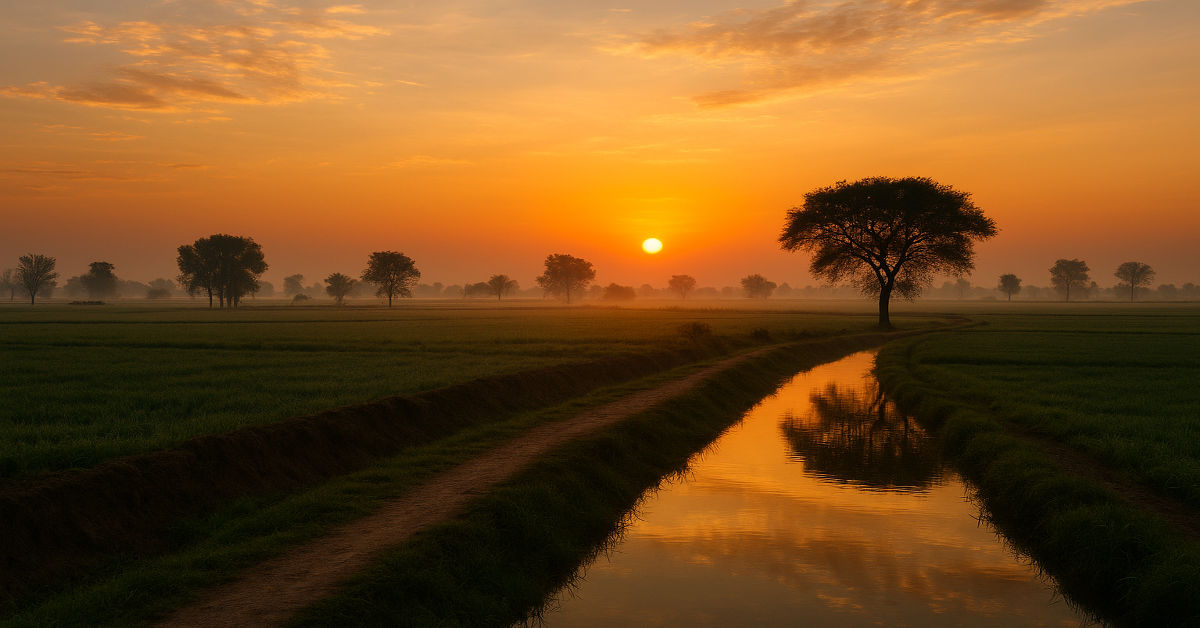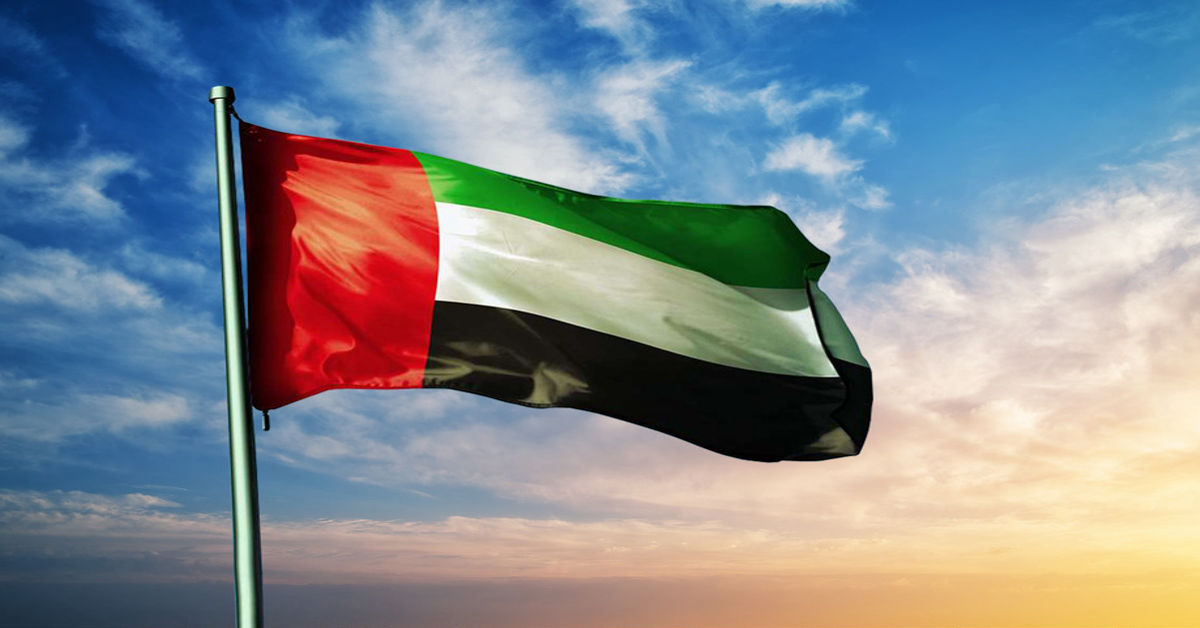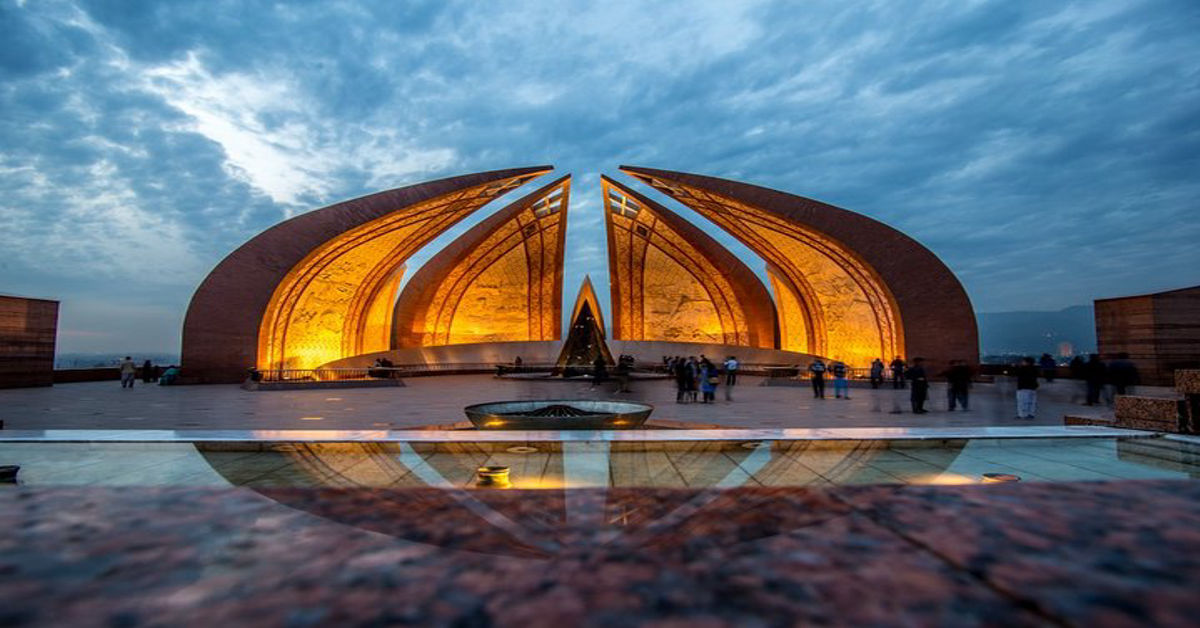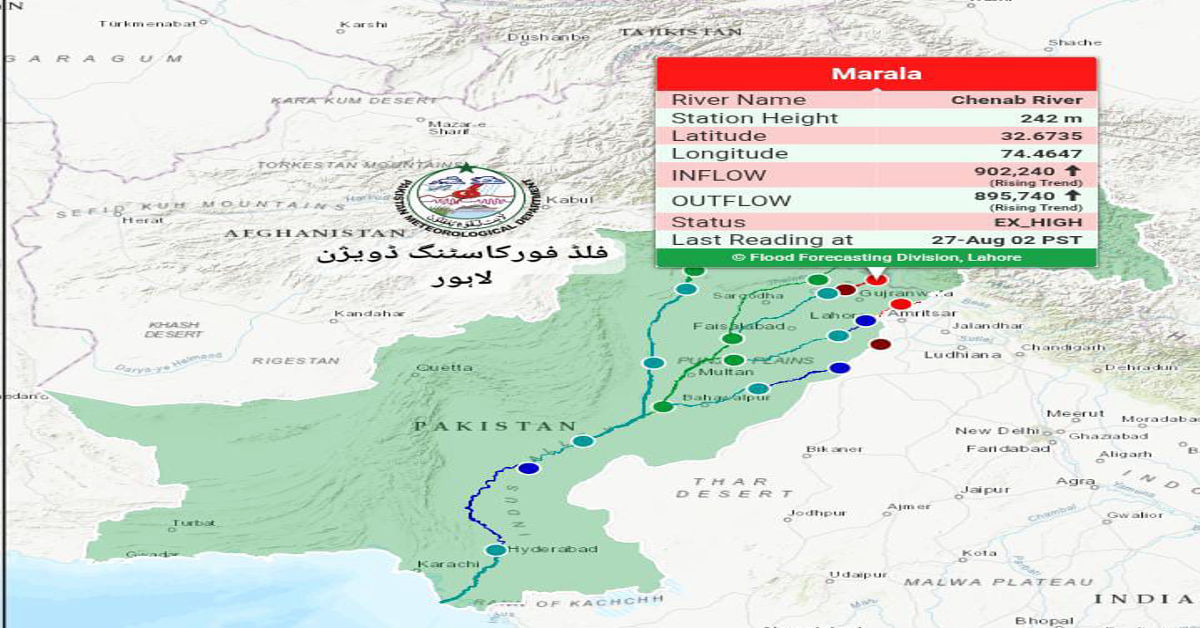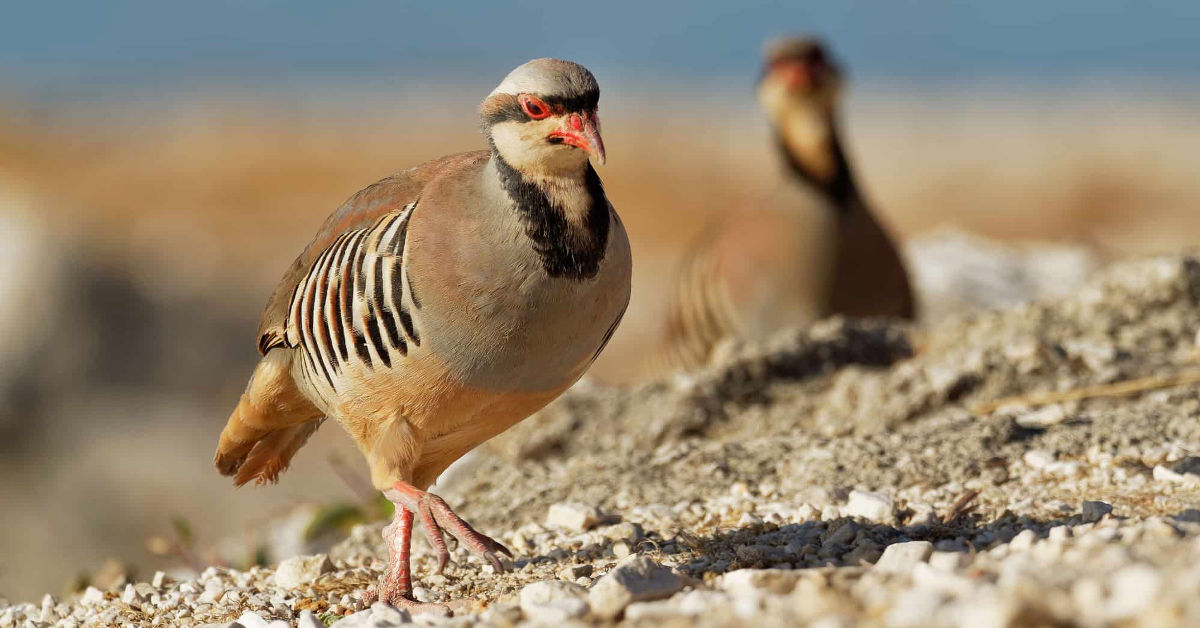
Have you ever heard a bird that sounds like it’s saying its own name? Meet the Chukar Partridge, a stunning and resilient creature that holds the prestigious title of the national bird of Pakistan. This fascinating bird is more than just a symbol; it’s a testament to the rugged beauty and enduring spirit of the country’s diverse landscapes. From its distinctive call to its striking appearance, the Chukar is a cherished part of Pakistan’s natural heritage.
This article will take you on a journey to explore everything about the Chukar Partridge. We’ll delve into its unique characteristics, its natural habitat across the mountainous regions, and its symbolic significance to the nation. You will also learn about its diet, breeding habits, and the conservation efforts in place to protect this remarkable species for future generations.
A Symbol of National Pride
The designation of the Chukar Partridge as a national symbol was a deliberate choice, reflecting the values and geography of Pakistan. Chosen for its widespread presence in the country’s northern highlands and its reputation for hardiness, the Chukar embodies strength and perseverance. It thrives in harsh, rocky terrains where other species might struggle, mirroring the resilience of the Pakistani people.
This bird is often celebrated in local folklore, poetry, and art, where it is portrayed as a symbol of love and attachment to one’s homeland. Its distinctive, rhythmic call, which sounds like “chuk-chuk-chukar,” is a familiar sound in the mountains, adding to its cultural importance and making it a fitting representative of the nation’s spirit.
Distinctive Features and Appearance
The Chukar Partridge is a medium-sized bird, easily recognizable by its unique and beautiful markings. It has a plump body, a light brown back, and a grey breast. The most striking feature is the bold black band that runs across its forehead, through its eyes, and down its neck, forming a distinctive gorget that frames its white throat. The flanks are marked with bold, vertical black and chestnut stripes, adding to its visual appeal.
Both male and female Chukars, often called cocks and hens, look quite similar, although males are typically slightly larger and may have a small spur on their legs. Their beaks are a vibrant reddish-pink, matching the color of their legs and the ring around their eyes. These features make the national bird of Pakistan one of the most handsome game birds in the region.
Habitat and Distribution in Pakistan
The Chukar Partridge is a true mountain dweller. It is native to the vast, arid, and rocky regions of the Middle East and Asia. In Pakistan, its prime habitat includes the rugged slopes of the Himalayas, Karakoram, and Hindu Kush Mountain ranges. You can find these birds at elevations ranging from 2,000 to 4,000 meters, though they have been spotted even higher.
These birds prefer steep, grassy hillsides, rocky outcrops, and areas with sparse vegetation. Their coloration provides excellent camouflage against the stony ground, helping them evade predators. They are non-migratory but may move to lower elevations during heavy snowfall in winter to find food and shelter. This adaptability allows them to thrive in some of Pakistan’s most challenging environments.
Diet and Foraging Habits
Like most partridges, the Chukar has a varied diet that changes with the seasons. It is primarily a ground-foraging bird, using its strong feet to scratch and dig for food. Its diet mainly consists of seeds, grains, and various types of vegetation like grasses and leaves. Seeds from plants such as barberry and ephedra are particular favorites.
During the breeding season, especially when raising young, their diet is supplemented with insects like grasshoppers, ants, and beetles. This provides the essential protein needed for the rapid growth of their chicks. Chukars are known to travel considerable distances each day in search of food and water, often in small groups called coveys.
Breeding and Social Behavior
The breeding season for the Chukar Partridge typically begins in the spring, from April to July. During this time, the males become more vocal and territorial, performing courtship displays to attract a mate. The male will circle the female with his head lowered and his feathers ruffled, emitting soft calls. Though they are generally monogamous for the breeding season, the social structure of the national bird of Pakistan revolves around the covey.
The female lays a large clutch of 8 to 15 eggs in a simple, shallow scrape on the ground, usually concealed under a bush or rock. The incubation period lasts about 24 days, and the female is solely responsible for this task. The chicks, or cheepers, are precocial, meaning they can leave the nest and start foraging for themselves just hours after hatching, though they remain under their mother’s protection.
Conservation Status and Efforts
The Chukar Partridge is listed as a species of “Least Concern” by the International Union for Conservation of Nature (IUCN). This is due to its large population and wide distribution. However, local populations in some areas face threats from overhunting and habitat degradation. In Pakistan, the bird is a popular game species, and while regulated hunting is permitted, illegal poaching can put pressure on their numbers.
Conservation efforts are focused on sustainable management and habitat protection. Provincial wildlife departments in Pakistan have established rules and hunting seasons to prevent overexploitation. Additionally, raising awareness among local communities about the importance of preserving the Chukar and its natural environment is crucial for ensuring its long-term survival.
Conclusion
The Chukar Partridge is far more than just a beautiful bird; it is a powerful symbol of Pakistan’s natural heritage and national identity. Its ability to thrive in the country’s most rugged terrains makes it a perfect emblem of strength, resilience, and an unwavering connection to the land. From its distinctive call echoing through the mountains to its prominent place in local culture, the national bird of Pakistan is a creature of immense significance. Protecting this species and its habitat is vital to preserving the rich biodiversity and cultural legacy of the nation for generations to come.
Frequently Asked Questions (FAQs)
1. What is the national bird?
The national bird is the Chukar Partridge, scientifically known as Alectoris chukar.
2. Why was the Chukar chosen as the national bird?
The Chukar was chosen for its strong association with Pakistan’s mountainous landscapes and its symbolic representation of resilience, hardiness, and love for one’s homeland, which are qualities admired in Pakistani culture.
3. Where can you find the Chukar Partridge in Pakistan?
The Chukar is commonly found in the rocky, mountainous regions of northern Pakistan, including the Himalayas, Karakoram, and Hindu Kush ranges. It prefers steep, grassy slopes with sparse vegetation.
4. Is the Chukar Partridge an endangered species?
No, the Chukar Partridge is not endangered. It is classified as a species of “Least Concern” globally. However, some local populations may face threats from overhunting and habitat loss, making conservation efforts important.
5. What does the Chukar Partridge eat?
The Chukar’s diet consists mainly of seeds, grains, and green vegetation. They also eat insects, especially during the breeding season, to provide protein for their young chicks.



